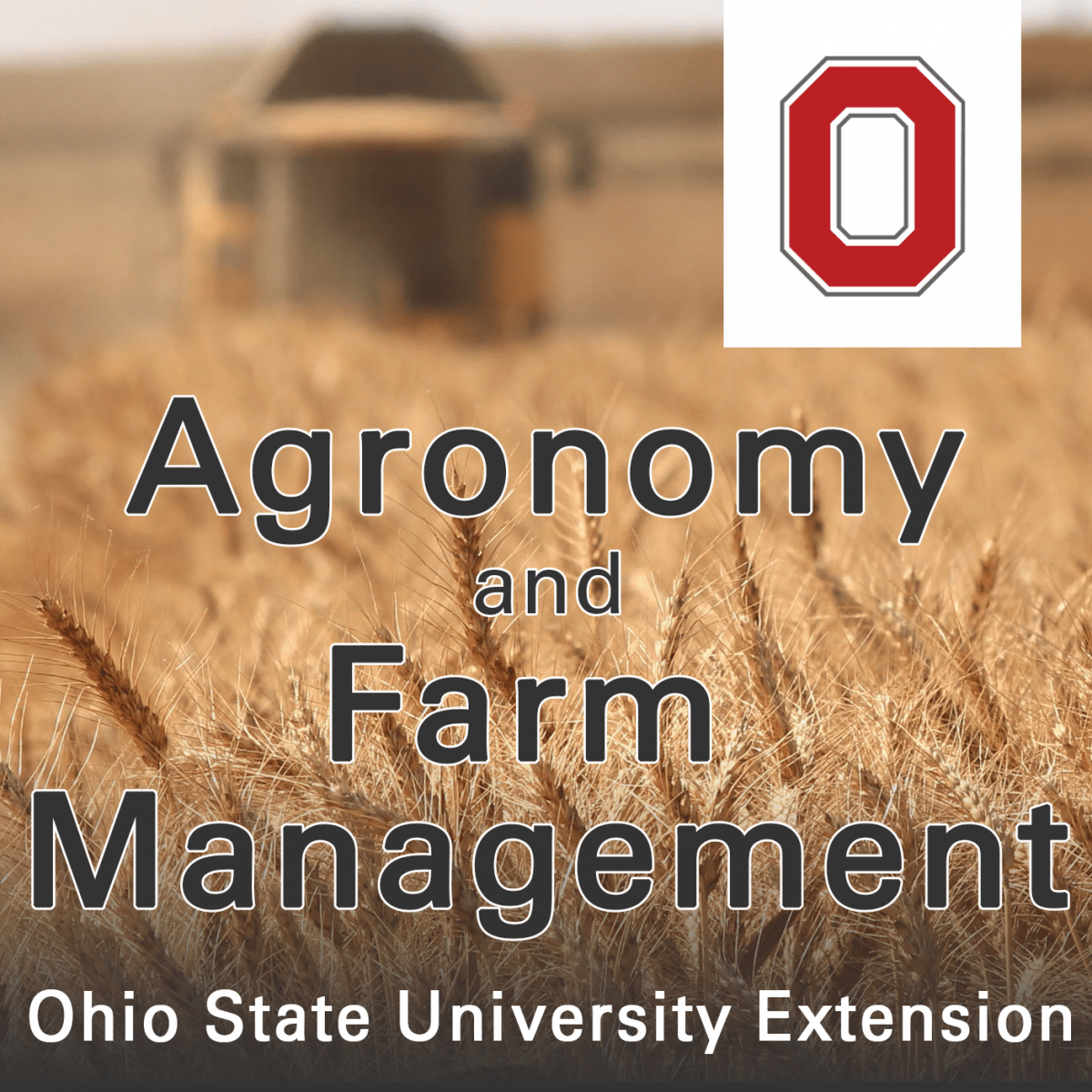 By Rachel Cochran, Water Quality Extension Associate, and Sarah Noggle, Extension Educator
By Rachel Cochran, Water Quality Extension Associate, and Sarah Noggle, Extension Educator
As we begin to approach Spring planting, it’s important to think about the intricacies of the growing season – what fertilizer to use, how much to apply, how to apply it, etc. If you’re unsure what rate would most benefit your crop while earning you the largest profit, on-farm research may be a good way for you to determine that. If you’re unsure what effects different management practices are having on the health of your soil, on-farm research may be a helpful tool. For almost any question you may have about your operation, an on-farm research trial may be a good way to better understand what the best practices may be for your farm.
This year, we plan to continue the eFields Soil Health Study that was started in 2020. In this study, soil samples are pulled from three depths: 0-4”, 0-6”, and 0-8” within a field. A variety of different tests are then performed on that soil, including routine nutrient analysis, pH, Cation Exchange Capacity (CEC), total organic matter, aggregate stability, and Permanganate Oxidizable Carbon (POXC). The results of these tests will be grouped with fields of similar management and published in the 2021 eFields book and will help to give you a snapshot of the health of your soil.
OSU Extension Paulding County is here to help you find out what’s best for your operation, whether it be through sharing of information or planning of research trials on your farm. Reach out to Sarah Noggle, Agriculture and Natural Resources Extension Educator, or Rachel Cochran, Water Quality Extension Associate, if you’re interested in doing any type of on-farm research this growing season. We will be happy to set up a trial for you to get the answers you need.
Contact our office at (419) 399-8225, or email noggle.17@osu.edu or cochran.474@osu.edu for more information.









 The updated Tri-State Fertilizer Recommendations for Corn, Soybeans, Wheat, and Alfalfa reflects changes in regional field crop production practices, including general reductions in tillage and crop rotations, greater plant populations and grain yields, new pests and diseases, and the emergence of precision soil sampling and fertilizer rate and placement technologies. The updated fertilizer recommendations aim to aid farmers in managing mineral fertilizer sources in field crop systems as judiciously and profitably as possible. The cost of the publication is $9.00 plus $.65 tax making the total for the booklet $9.65.
The updated Tri-State Fertilizer Recommendations for Corn, Soybeans, Wheat, and Alfalfa reflects changes in regional field crop production practices, including general reductions in tillage and crop rotations, greater plant populations and grain yields, new pests and diseases, and the emergence of precision soil sampling and fertilizer rate and placement technologies. The updated fertilizer recommendations aim to aid farmers in managing mineral fertilizer sources in field crop systems as judiciously and profitably as possible. The cost of the publication is $9.00 plus $.65 tax making the total for the booklet $9.65. Many farmers are applying anhydrous ammonia as a part of their spring planting season. Anyone working with anhydrous ammonia should be familiar with the safe use of the product, understand the potential for injury and know how to respond to an emergency. There are several hazards associated with working with anhydrous ammonia in the field. One hazard is that anhydrous ammonia is stored under high pressure. An unintended release can occur if the equipment is not well maintained, equipment becomes damaged, or workers are not trained to follow exact procedures. Additional hazards can be based on anhydrous ammonia’s chemical properties. Contact with skin can cause freezing of tissue or chemical burns. Severe irritation to the eyes can take place since anhydrous ammonia seeks out water. And because of the strong odor, inhaling anhydrous ammonia can irritate the lungs and respiratory system. Some simple suggestions when working with anhydrous ammonia in the field include:
Many farmers are applying anhydrous ammonia as a part of their spring planting season. Anyone working with anhydrous ammonia should be familiar with the safe use of the product, understand the potential for injury and know how to respond to an emergency. There are several hazards associated with working with anhydrous ammonia in the field. One hazard is that anhydrous ammonia is stored under high pressure. An unintended release can occur if the equipment is not well maintained, equipment becomes damaged, or workers are not trained to follow exact procedures. Additional hazards can be based on anhydrous ammonia’s chemical properties. Contact with skin can cause freezing of tissue or chemical burns. Severe irritation to the eyes can take place since anhydrous ammonia seeks out water. And because of the strong odor, inhaling anhydrous ammonia can irritate the lungs and respiratory system. Some simple suggestions when working with anhydrous ammonia in the field include: